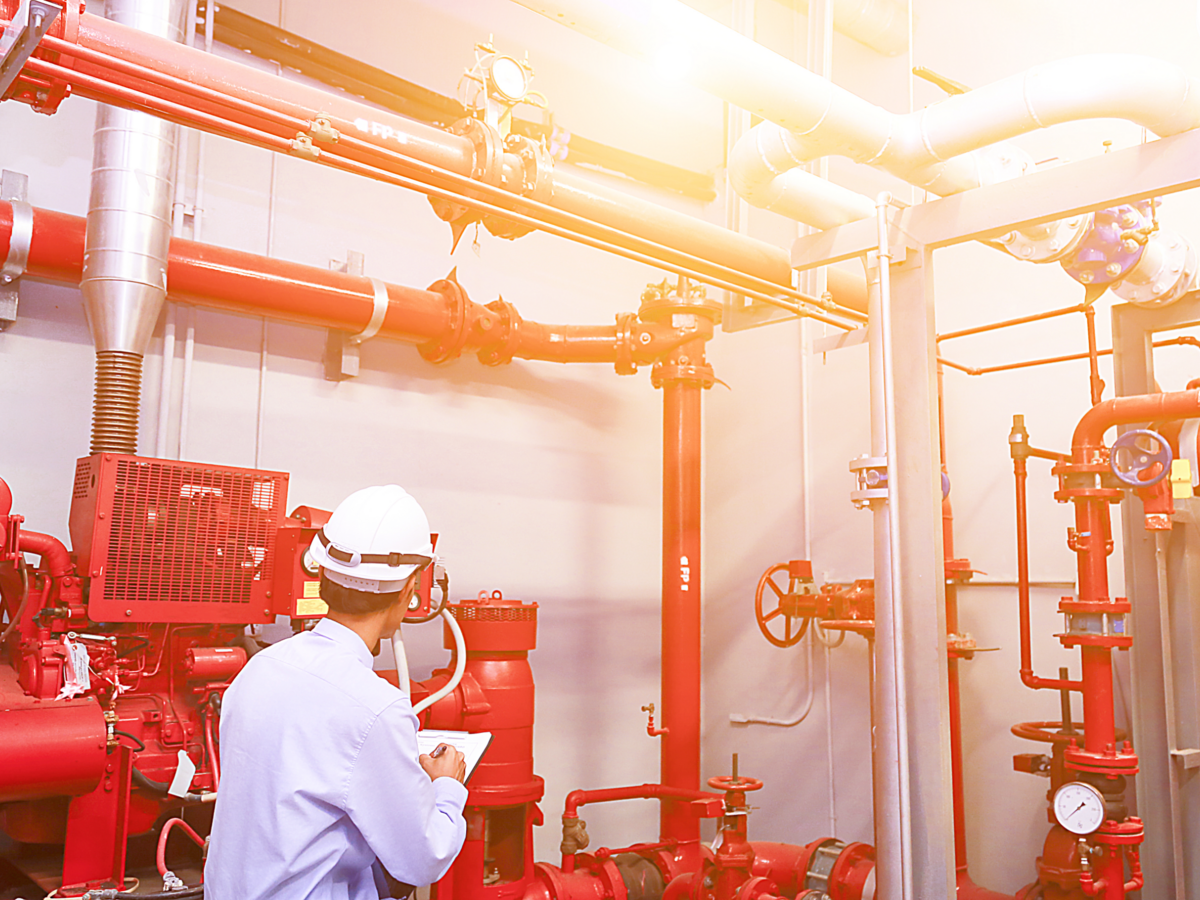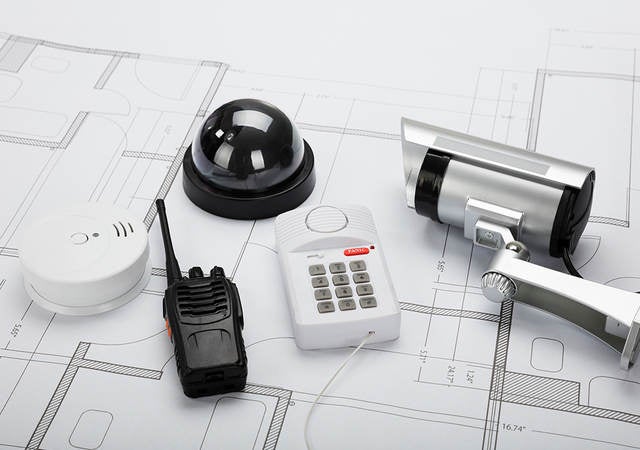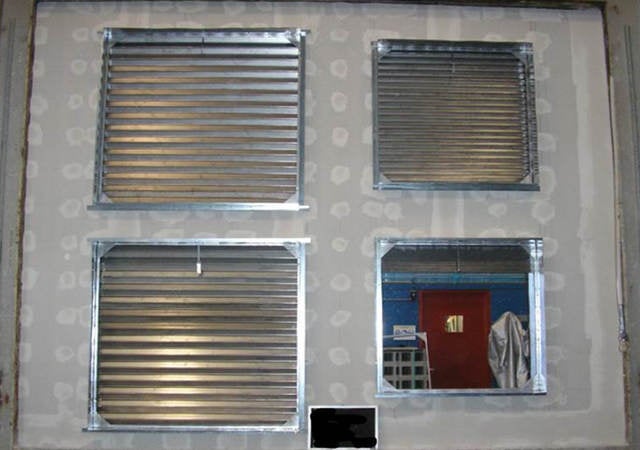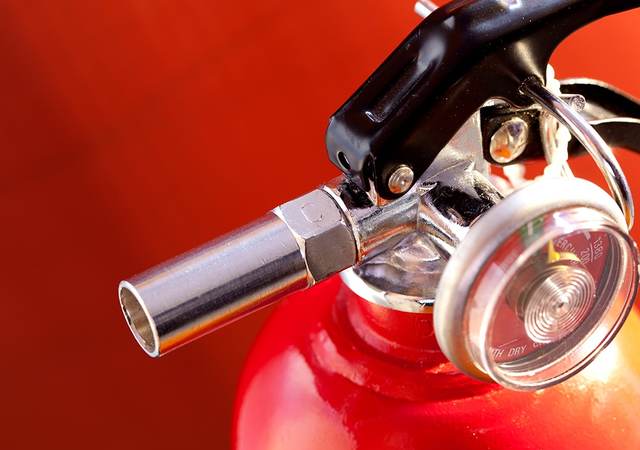October 27, 2021
Question:
Does UL certify clean agent extinguishing systems servicing companies?
Answer:
UL does not have a certification program for clean agent extinguishing systems servicing companies. The UL Mark applied by the original equipment is that manufacturer’s attestation that the product met the requirements of the appropriate UL Standard when it was shipped.
The Standards used to certify clean agent extinguishing system units, UL 2166, the Standard for Halocarbon Clean Agent Extinguishing System Units, and UL 2127, the Standard for Inert Gas Clean Agent Extinguishing System Units, require that an installation, operation and maintenance manual and design manual (when applicable) either be provided with each extinguishing system unit or made available upon request. When these manuals are not included with each system, an owner’s manual must be shipped with each system.
Clean agent extinguishing systems are intended to be designed, installed and maintained in accordance with NFPA 2001, Clean Agent Fire Extinguishing Systems, and the manufacturer's installation, operation and maintenance manual, which includes a list of part numbers for all replacement parts and detailed instructions for recharging a system after operation. A clean agent is a volatile or gaseous fire extinguishant (extinguishing agent) that is electrically nonconducting and does not leave a residue upon evaporation.
The design, installation, inspection, servicing, testing, recharge and maintenance of clean agent systems must be performed by those skilled in clean agent fire extinguishing systems technology. Personnel who inspect, service, test and maintain clean agent fire extinguishing systems must have knowledge of and experience with the associated requirements contained in NFPA 2001, as well as the manufacturer’s installation, operation and maintenance manual. The system manufacturer’s service procedures must be followed for specific details on system operation, testing, recharge and maintenance.
In accordance with UL 2166 and UL 2127, an installation, operation and maintenance instruction manual must include detailed instructions for recharging the system after operation. Additionally, the manual must include:
- Required warnings and cautions
- Description of servicing equipment
- Description of procedures for type of service performed
- List of part numbers for all replacement parts
- Description of requirements for maintenance of all equipment
- Reference to NFPA 2001, Standard on Clean Agent Fire Extinguishing Systems, for installation, maintenance, and testing requirements and the National Fire Code of Canada
Additional requirements maintain that the pressure gauge attached to the extinguishing system should not be used to determine when the intended charging pressure has been reached. A pressure regulator must be used when the pressure source is a tank of high-pressure gas.
Product certifications (UL Listings) by UL are available under UL product category GAQF on the UL Product iQ® database. Product iQ is complimentary to use but does require a simple one-time registration.
Get connected with our sales team
Thanks for your interest in our products and services. Let's collect some information so we can connect you with the right person.




